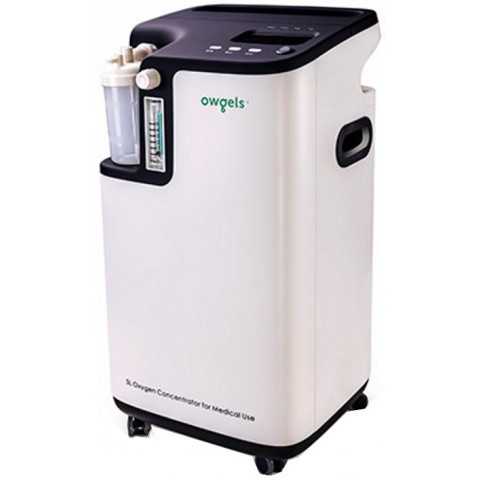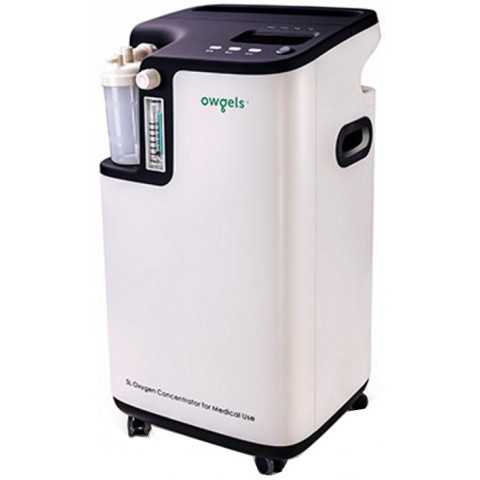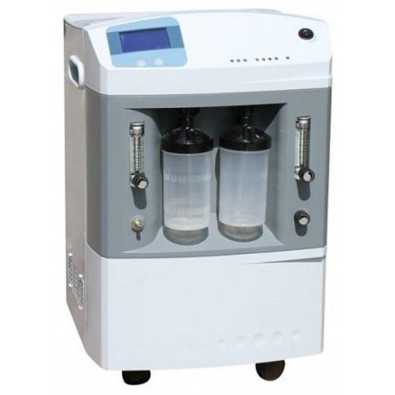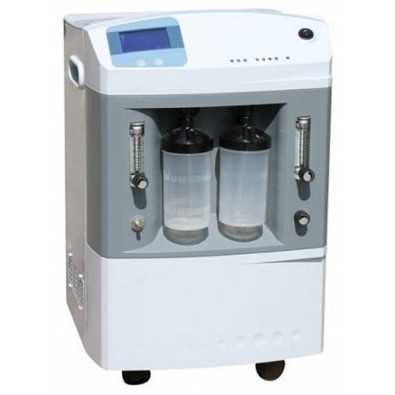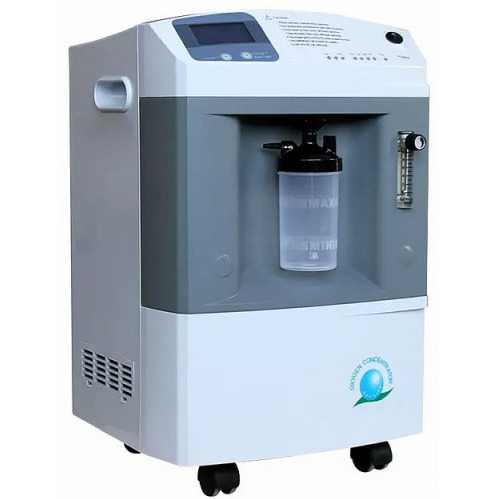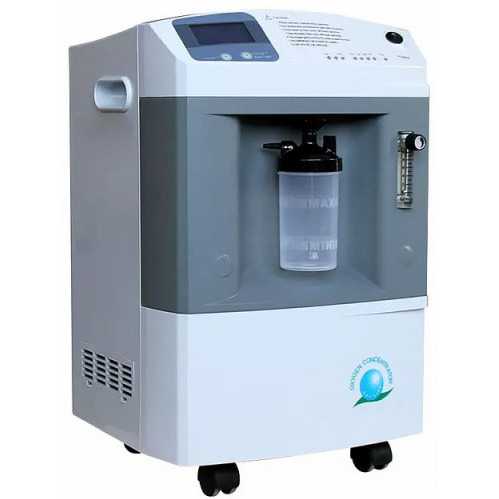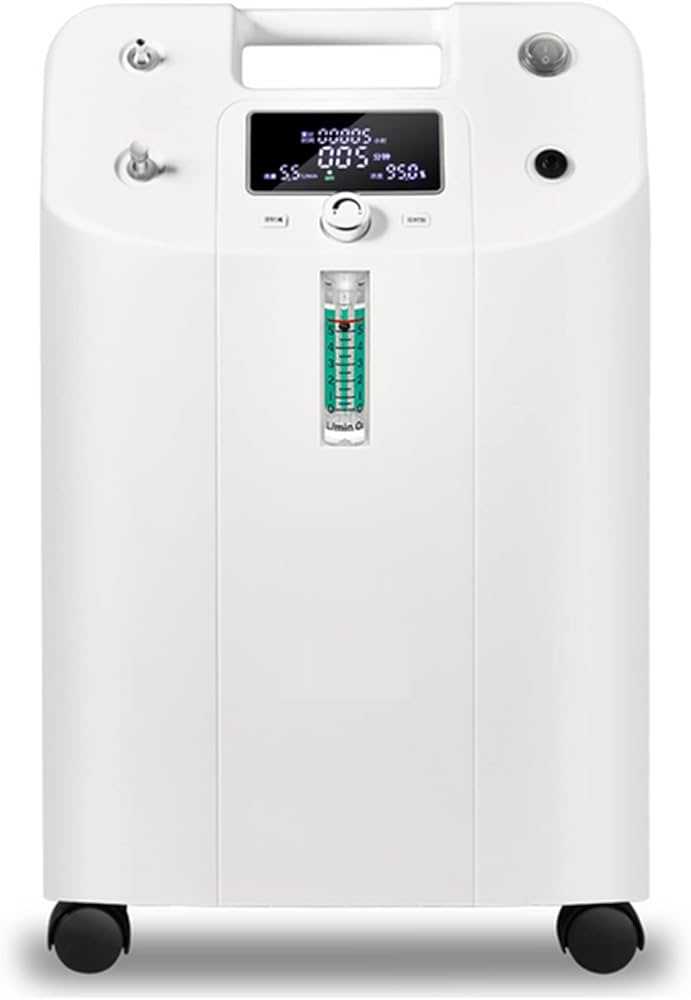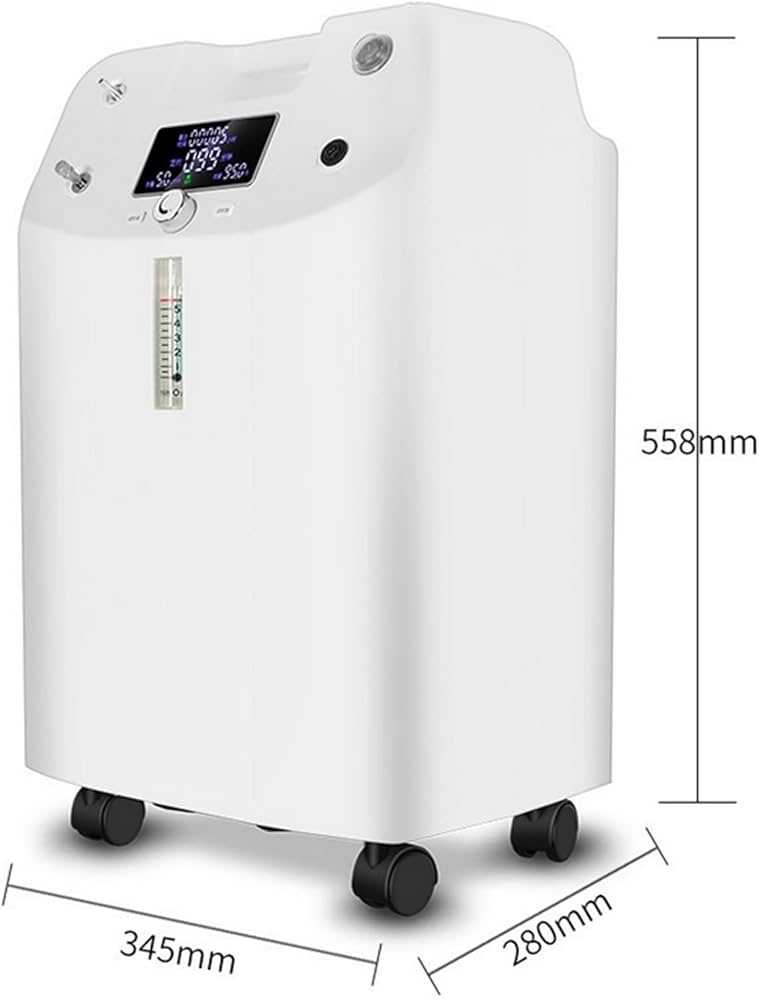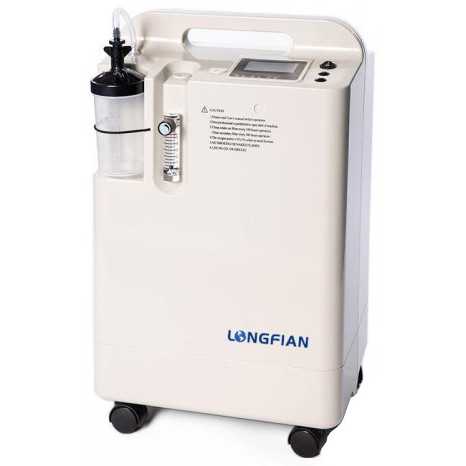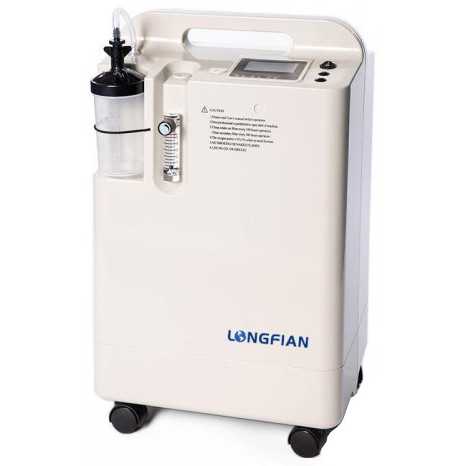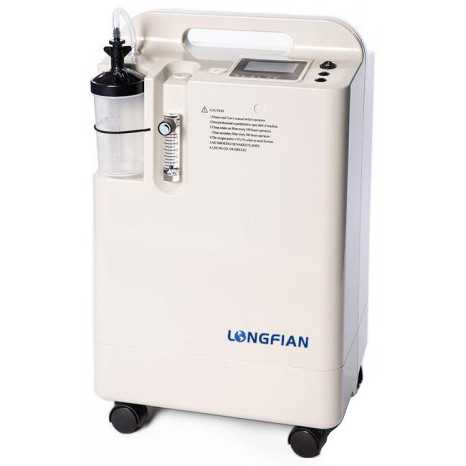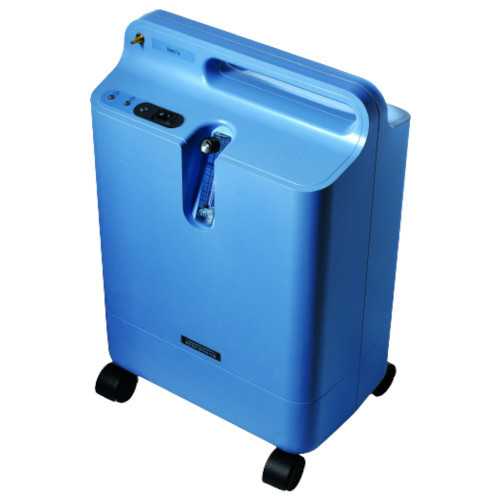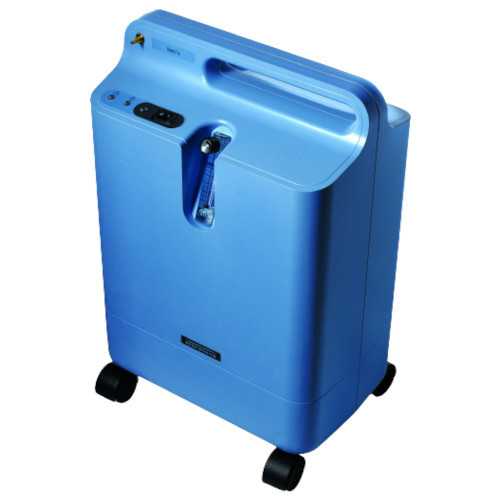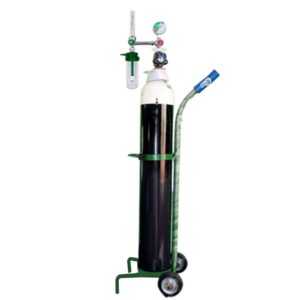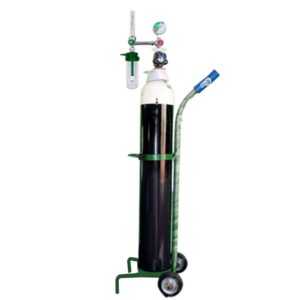bone cancer
Content is medically reviewed by:
Dr. Udaya Kumar Maiya (MBBS, MD, DNB(RT), DCCF (Paris), Medical Director, Portea.
Bone cancer is a disease that is caused due to a tumour that grows from the cells making up the bones. This cancer may start developing in any bone of the body, however is most common in the pelvis or in the bones of the arms and legs. It is a very rare form of cancer and hardly takes up 1% of spread amongst all other cancers. There are non-cancerous tumours also that arise in the bone, which are more common than bone cancers.
Bone cancers only specify the cancers that start from the tumour of the bone and do not include cancers that have spread through other parts of the body to the bone.
There are certain bone cancer types that form mainly in children, while certain other bone cancers are confined to adults. Removal of the tumours causing the cancer is the most common method for bone cancer treatment. However, there are other bone cancer treatments such as chemotherapy and radiation therapyas well. This is based purely on the type of bone cancer and bone cancer stages.
bone cancer causes
Most of the bone cancer causes remain unidentified. However, few of these bone cancers have been correlated to hereditary reasons, while some have been said to be caused due to excessive radiation exposure.
types of bone cancer
Bone cancer types are segregated based on the cell type that triggered the cancer. Following are the most common type of bone cancers:
Osteosarcoma
This is the more commonly found bone cancer and is generally found in children and young adults. This bone cancer is usually found in the leg or arm bones.
Chondrosarcoma
The cancerous cells causing the tumour for this type of bone cancer produces cartilage. This bone cancer most commonly occurs in the pelvis bones or the bones of the leg or arms. Middle aged and older people are likely to be affected by this type of cancer.
Ewing sarcoma.
This type of bone cancer commonly occurs in children and young adults in the bones of their pelvis, legs or arms.
bone cancer symptoms
When the tumour of the bone cancer grows, it puts pressure on bone tissues and has some affect on the body. Following are the most common bone cancer symptoms:
Pain – this may be the first sign or bone cancer symptom. A pain may be caused at the part of the body where the tumour has been formed.
Swelling and stiffness – if the tumour of the bone cancer is formed closer to a joint, there may be swelling and stiffness of that particular joint. This bone cancer symptom limits the movement of the person due to stiffness and pain in the joint.
Limping – this is a dreadful symptom and occurs if the bone with the tumour breaks or gets fractured. It usually happens only towards the later period of bone cancer stages. Thus, it is important to take bone cancer care and bone cancer treatment as soon as you recognize it.
bone cancer diagnosis
Once the bone cancer has been recognized, it is important to look for the bone cancer causes by taking certain bone cancer tests. Bone cancer screening tests and bone cancer diagnosis tests can help in determining the structure of the tumour causing the cancer and its affects. Once the bone cancer causes have been determined through these tests, the bone cancer treatment can be suggested by the doctors. The following are the most common bone cancer tests that are likely needed:
Bone scan
X-ray
Magnetic resonance imaging (MRI)
Positron emission tomography (PET)
Computerized tomography (CT)
stages of bone cancer
When diagnosed with bone cancer, the doctor determines the stage of the cancer to suggest the appropriate bone cancer treatment. The factors that they will consider before considering the type of bone cancer care are:
Tumor size
The growth of the tumour (speed)
If any additional bones are affected
If the cancer has spread to other parts of the body
treatment
Bone cancer care is recommended based on the type of cancer and the stage of the cancer. Tumours in different bones respond to different type of treatments and the doctors will guide you with the recommended type based on the bone cancer screening test and bone cancer diagnostic test.
Surgery:
A surgery is done to completely get rid off the tumour in the bone. Specialised techniques are involved in removing this tumour along with a portion of healthy tissue that surrounds it. The bone lost in the surgery is replaced with a piece of bone from another part of the body or with a metal or hard plastic replacement for the bone.
